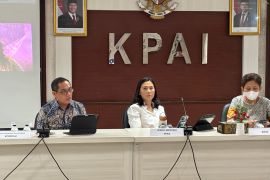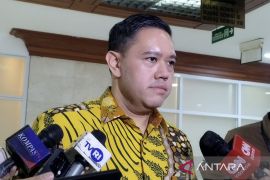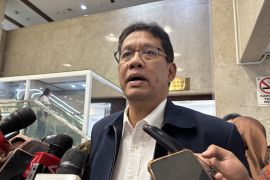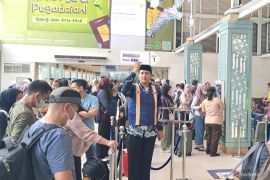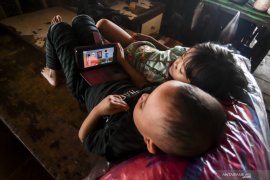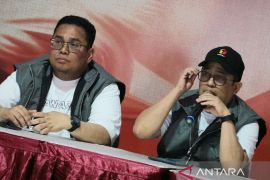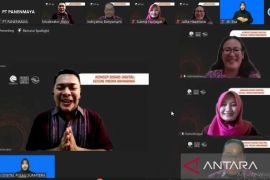There have been many methods of capturing public conversations in social media to be processed so as to produce feedback for system improvement as well as the improvement of its main services for government institutions of course after the conversation is cleared of the hoax network.
Indeed social media is one of the most popular new forms of media where users can easily participate, share and create message content anytime and anywhere as long as they are connected to the Internet.
Through social media, the message delivered is not only for one person but can be addressed to many people.
The contents of the message can be directed at the audience without passing through the gate keeper as we have encountered in the mass media.
The consequence is that messages that are delivered very quickly, even viral within a very wide range while the recipient of the message acts as the determinant of the timing of the interaction.
There is a recent and interesting dissertation on social media entitled The Illusion of A PublicSphere: The Indonesian Government Communication on Social Media (2018) by Ika K. Idris.
Ika K. Idris is a recipient of the DIKTI-Fulbright scholarship and has successfully defended his dissertation from the School of Media Arts and Studies, Ohio University (2015-02018).
The study aims to analyze whether Indonesian government-owned social media has succeeded in conducting two-way communication with its citizens (two-way symmetrical communication).
The method used is the analysis of social networking (SNA) to analyze four types of government-citizen conversations in Medos namely: daily communication, communication campaigns, crises, and disaster communication.
The sample chosen is a government-level institution (policy-based governmentagency) and a level of service (service-based agency).
The study concluded that the use of social media in government institutions still uses the old perspective, which is limited to dominating conversation, forming positive public opinion towards the government and to answer criticism.
This can be seen from the results of the conversation network analysis which shows that two-way symmetrical communication occurs, but is still very limited.
Two-way communication mostly occurs in everyday conversations on Facebook and Twitter, but does not occur in disaster communication, crisis and communication campaigns.
Ministry level government agencies use social media as a channel to broadcast information, so the number of their responses to comments or questions is still very low.
Although government agencies at the ministry level in this research sample open a comment section for each follower on the Facebook page, there is no interaction between the institution and the community.
Meanwhile government agencies at the service level are more active in replying to messages via Twitter.
Another conclusion is that the high number of fake followers and political buzzers on Twitter supports the finding that the only interest of government agencies at the ministry level for Twitter is spreading information.
Different strategies are used by service agencies that use social media as a channel for customer service or to provide information regarding service administration.
Two-way communication does not occur in communication campaigns aimed at educating the public.
One sample in this study is a healthy lifestyle campaign that uses hashtags # Supporting Germas (Support the Healthy Community Movement).
However, the value of reciprocity and the connection in the network of conversations on social media related to this campaign did not exist at all. This means that campaign communication only runs in one direction.
The brief conclusion of the dissertation from the Post-graduate lecturer at Paramadina University shows that the perspective of government institutions in using social media is still an old approach, limited to disseminating information.
The results of in-depth discussions (FGD) to three categories of government stakeholders, namely journalists, non-governmental workers and communication professionals confirmed the findings obtained from network analysis and surveys that social media is indeed limited to disseminating information, not to build dialogue with citizens.
From the results of the FGD it was also revealed that dialogue between the government and citizens only occurred during the government's reputation for crisis in social media.
In addition, several strategies that the government carried out during the crisis were to remove negative comments and use social media teams to disseminate messages, to respond to criticism and intensify the dissemination of government version of information.
* The author is a Master of Communication from Paramadina Graduate School of Communication
(T.E002/A )
Editor: Fardah Assegaf
Copyright © ANTARA 2019



